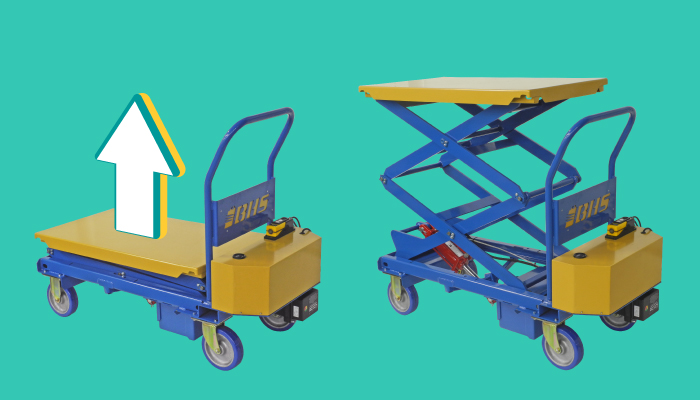We use cookies to make your experience better. To comply with the new e-Privacy directive, we need to ask for your consent to set the cookies. Learn more.
Creating A Proactive Ergonomics Action Plan for Safer Material Handling
Why should you care about ergonomics? Worker’s compensation claims are likely a major expense for your facility, and even if you’re running a relatively small operation, you’ll eventually face an on-the-job injury caused by repetitive stress.
This is bad for the worker, the facility, and the quality of the product, which is why ergonomic material handling should be a primary focus at every operation. However, you need a forward-thinking approach to realize benefits. There’s no sense in waiting for a claim and the costs that come with it (such as training a temporary worker or stopping work on certain tasks until you’re able to fix the problem).
A proactive approach to workplace ergonomics will identify potential problems before they turn into worker’s compensation claims. This guidebook from the CDC recommends the following steps to create an ergonomic action plan:
-
Look for Clues - While this is left somewhat vague, it’s not too difficult to find areas for improvement by watching workers in their element. Ideally, you can do this without standing in the same room, as workers tend to change their ergonomic habits when they’re being closely supervised.
Look for repetitive motions that involve bending, twisting, or lifting. Notice how those tasks become less productive over the course of the day. This is a clear sign of fatigue, and it shows you that there’s room for improvement.
-
Prioritize Jobs for Improvements - Make a list of the tasks that you’d like to optimize. Factors like the frequency of the task and the number of workers performing the task will affect the chances of a worker injury.
Ideally, you should address all ergonomic hazards over time, but it makes sense to focus on a single task at a time.
-
Make Improvements - Typically, this means implementing ergonomic training and/or replacing equipment.
However, this latter point doesn’t mean replacing equipment with newer tools that serve the same function. For your plan to be truly effective, you should look at individual material handling tasks and try to determine how they can be simplified from an ergonomic perspective.

-
Follow Up - The last point is crucial; without proper tracking and follow-up, you’ll have a tough time determining whether your changes were effective.
You can measure your changes in several ways, but we’d recommend worker surveys, productivity tracking software (the BHS Fleet Tracker can be used for forklift change-outs), and direct video review of the targeted material handling tasks.
A proactive approach to material handling ergonomics will result in lower costs, higher productivity, and happier workers, often at a relatively low expense. Remember, however, that your strategy can only be called “proactive” if you take action before injuries occur. Get started right away and consult the CDC’s Ergonomic Guidelines for Manual Material Handling for more information.
Sources:
“Ergonomic Guidelines for Manual Material Handling." CDC. National Institute for Occupational Safety and Health (NIOSH), Centers for Disease Control and Prevention, 2007. PDF. 30 Apr. 2016.
